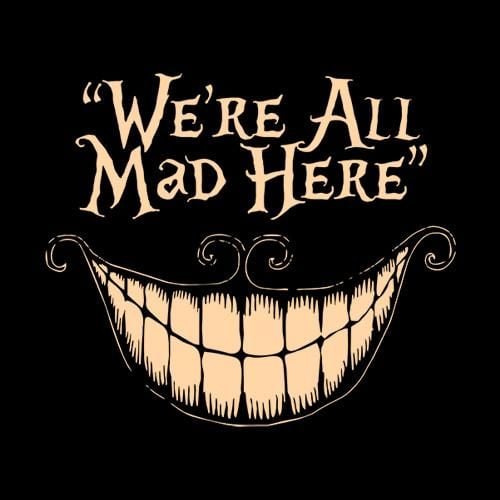

There are a lot of phones that have some of the features - Sony has punchless displays, some cheap phones have headphone jacks, all the Motorolas have two SIMs, some phones have SD cards in shared slots, Pixels and some others have unlockable bootloaders, it’s just basically impossible to get one with all of this…


I use Session Messenger, on the Oxen network. Love it on principle even tho the implementation is a bit lacking in places.
And there’s Tor… Which is what it is.